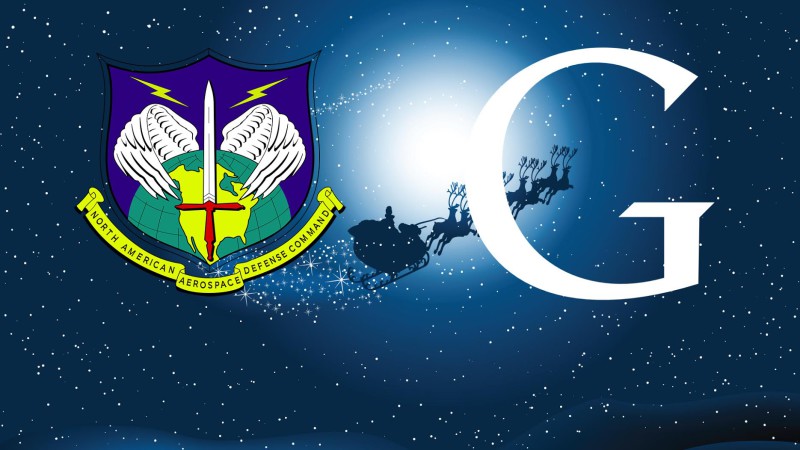
There are many traditions that occur around Christmas and the holiday season. One of those traditions synonymous with Christmas Eve is the famous Santa Claus tracking system provided by NORAD (the North American Aerospace Defense Command).
The Santa tracking service began as a complete accident almost 60 years ago. In 1955, an ad was accidentally published listing the phone number for CONRAD—NORAD’s predecessor—instead of the local Sears store’s number. The military division answering the phones rose to the challenge and started issuing updates on where Santa is in his travels. Whether you heard it on the radio or tracked him via web a few decades later, for many years, receiving these updates was a highlight of Christmas Eve.
Enter Google.
Google’s main purpose is to organize information, and—let’s face it—they do that pretty well. “Where is Santa Claus now?” is one of the most searched questions on Christmas Eve. So in 2004, Google started offering a rudimentary Santa Claus tracking tool through their mapping service, which is now called Google Earth. Every year the audience grew and Google eventually formed a partnership with NORAD. But in 2012, NORAD left and partnered with Google competitor, Microsoft. So Google took matters into its own hands.
Many believe Google wanted to highlight more of its own features. According to a statement from Google, “Google’s Santa Tracker acts as a showcase of many Google products, and you can see how this has developed over the last few years—from last year’s integration of Chromecast in the Santa Tracker Android app (one of the first times casting was integrated into an app) to the Watch Face API we used to develop our Santa Tracker watch face for Android Wear. Google’s Santa Tracker gives us a space to show what our developer tools are capable of, and also helps us improve those tools as we test them out.”
Because of this separation, there are now two Santa Tracking services, and there is great potential that the Google Santa Claus Tracker will be the one that creates the memories for a new generation of children.
Further Reading:
